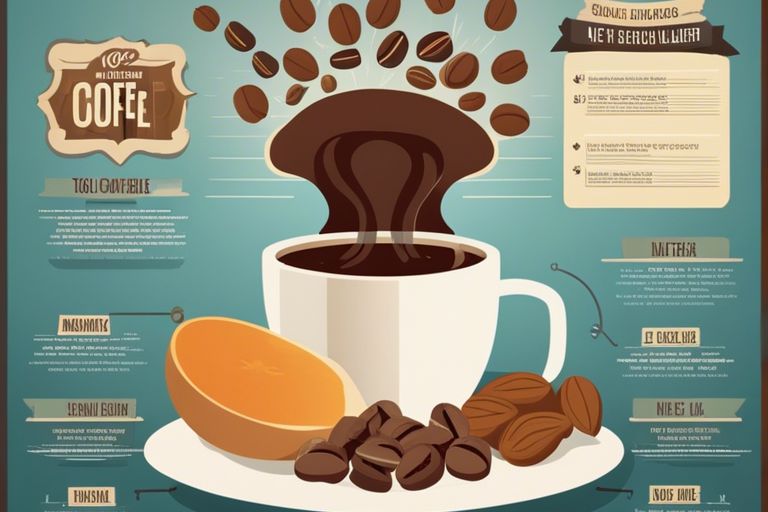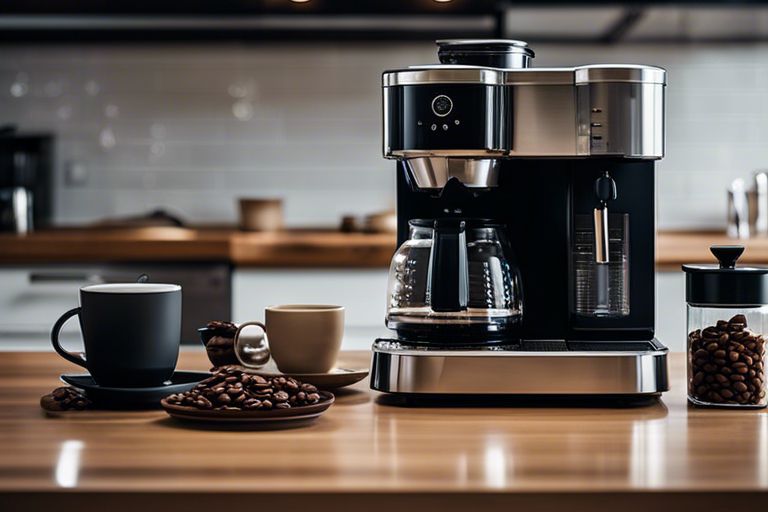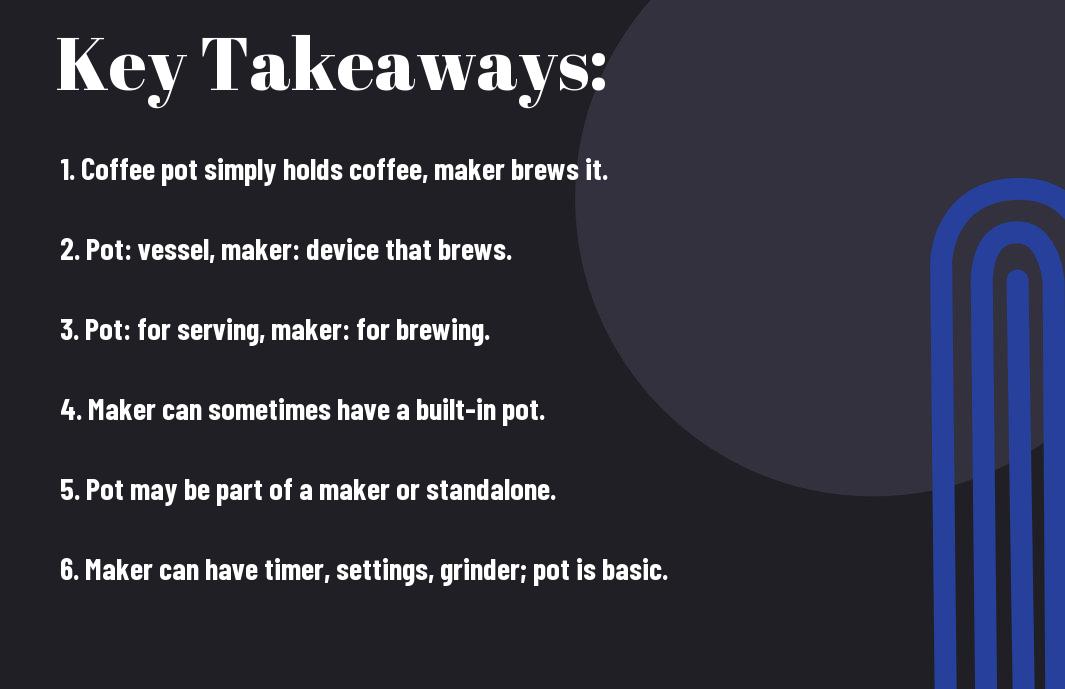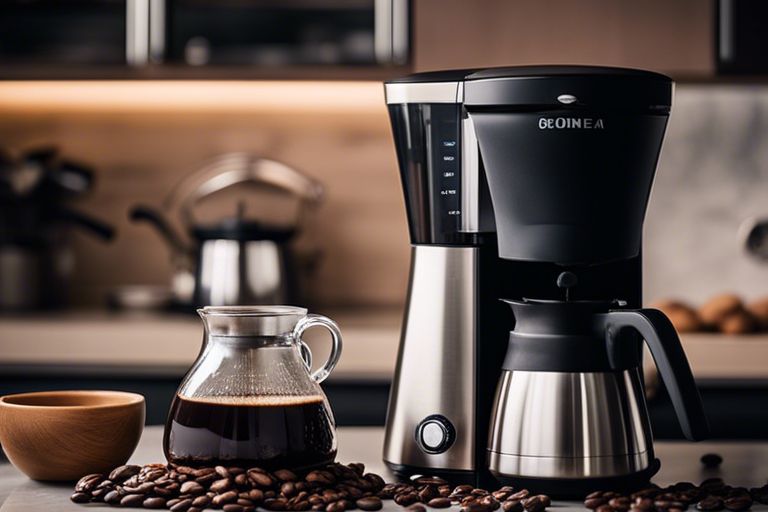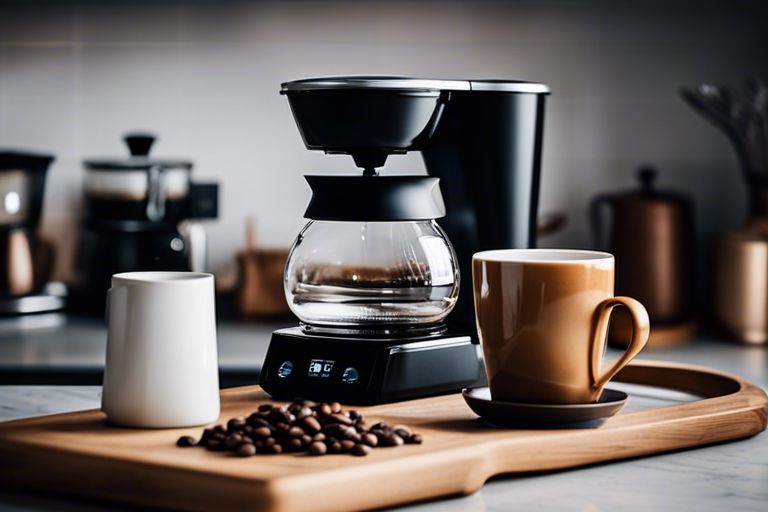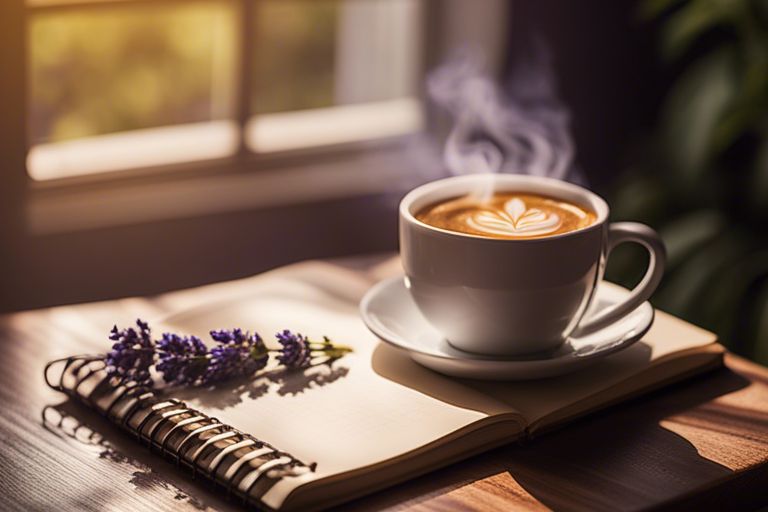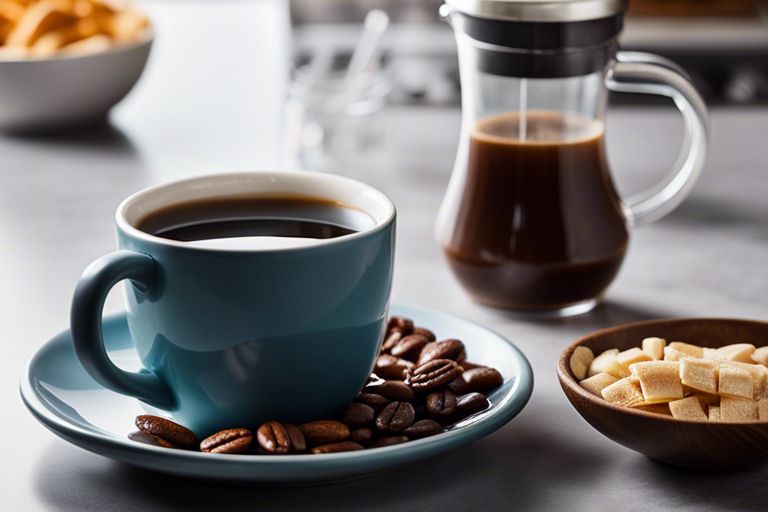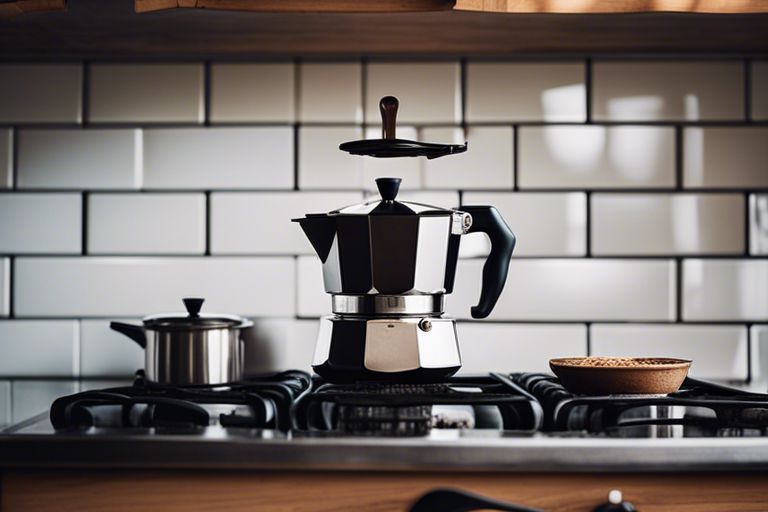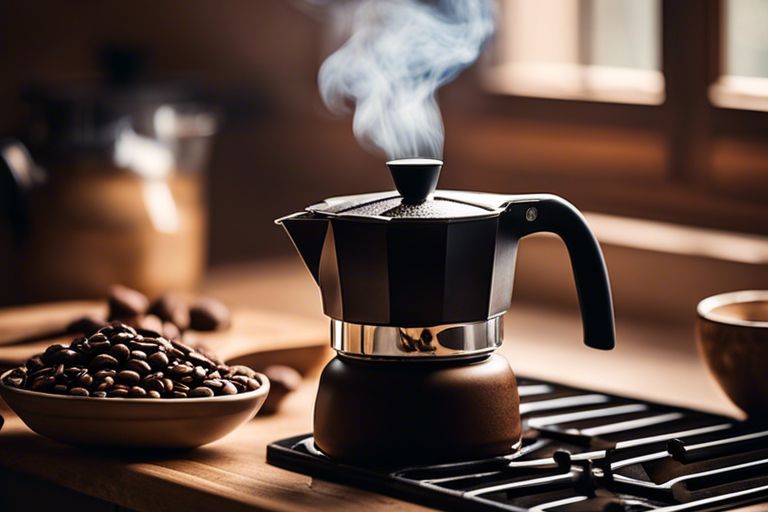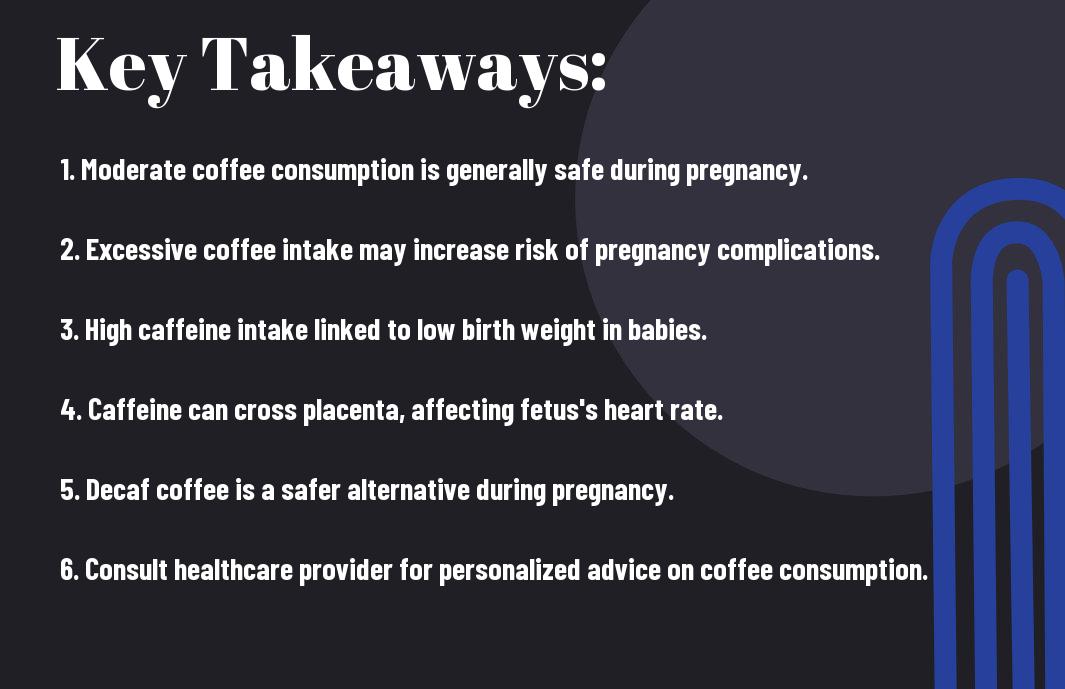#Beverage enthusiasts often ponder the distinction between coffee drinks like cortado, macchiato, and flat white. To clarify, a cortado is a simple yet delightful espresso-based beverage consisting of equal parts espresso and steamed milk, creating a velvety texture with a balanced flavor profile. If you want to learn more about the differences between cortado, macchiato, and flat white, check out Methodical Coffee’s insightful article Macchiato vs Cortado vs Flat White: What’s the Difference?.
Key Takeaways:
- Cortado: A cortado is a type of coffee made by combining equal parts of espresso and warm milk.
- Origin: The cortado originated in Spain and has gained popularity in various coffee cultures around the world.
- Flavor: Cortados are known for their smooth and balanced taste, with the richness of espresso complemented by the creaminess of the milk.

Origins
Before delving into what a cortado is, it’s imperative to understand its origins. This popular coffee drink has a rich history rooted in Spanish and Latin American culture.
Spanish Roots
One theory suggests that the cortado originated in Spain, where people would enjoy a “cortado” or “cortadito,” which means “cut” in Spanish. This name refers to the way the espresso is “cut” with a small amount of warm milk, creating a balanced and smooth flavor profile.
Coffee Culture Heritage
For many years, coffee has been an integral part of Spanish and Latin American cultures. In these regions, coffee is not just a morning pick-me-up but a social activity that brings people together. The cortado reflects this cultural heritage, as it is often enjoyed in a leisurely manner, sipped slowly while engaging in conversation with friends or family.
Origins of the cortado can be traced back to the traditional way of preparing coffee in Spain and Latin America, where the focus is on quality beans and enjoying the drink in a relaxed setting. This heritage continues to influence the way cortados are made and enjoyed today.

Definition
There’s something truly delightful about a cortado – a humble drink that packs a punch in flavor and satisfaction. But what exactly is a cortado?
Ratio of Espresso to Milk
To truly understand a cortado, one must appreciate its perfect balance of espresso and textured milk. Unlike a latte or cappuccino, a cortado boasts a one-to-one ratio of espresso to milk. This harmony of flavors ensures that the espresso’s rich, bold notes are not overshadowed by the milk, creating a harmonious marriage of the two elements.
Texture and Consistency
Milk plays a crucial role in determining the texture and consistency of a cortado. The steamed milk in a cortado is carefully prepared to be velvety and smooth, enhancing the overall drinking experience. This luxurious mouthfeel is a key characteristic of a well-made cortado.
Texture and consistency are necessary components of a cortado that elevate it above other coffee beverages. The combination of perfectly steamed milk and robust espresso creates a drink that is both comforting and invigorating, making it a favorite among coffee aficionados.
Preparation
For What is a cortado and why it will be your new way to drink …, understanding how a cortado is prepared is crucial to truly appreciate this delightful coffee creation.
Traditional Method
To prepare a traditional cortado, start with a shot of espresso and equal parts steamed milk. The key is to balance the boldness of the espresso with the creaminess of the milk, resulting in a smooth and velvety texture in every sip. The milk should be heated to just below the boiling point to create the perfect blend with the espresso, making it a favorite choice for those who enjoy a strong coffee flavor without the bitterness.
Modern Twists and Variations
For modern twists and variations on the classic cortado, baristas and coffee enthusiasts have experimented with different milk types, flavor syrups, and even alternative milks like oat or almond. Some may opt for a dash of cinnamon or a sprinkle of cocoa on top for added flair. These creative adaptations allow for a unique and personalized cortado experience, catering to a diverse range of tastes and preferences.
Another popular variation is the iced cortado, where cold milk is poured over a shot of espresso served over ice, creating a refreshing and creamy coffee drink perfect for warm weather.

Flavor Profile
Many coffee enthusiasts are drawn to cortados for their unique flavor profile that combines the richness of espresso with the silky texture of steamed milk.
Rich and Velvety Texture
For those who enjoy a creamy coffee experience, the cortado offers a rich and velvety texture that comes from the perfectly steamed milk. The milk is heated and aerated to just the right temperature, creating a smooth microfoam that balances beautifully with the bold flavors of the espresso.
Balance of Bitter and Sweet
To complement the intense flavor of the espresso, the cortado achieves a perfect balance of bitter and sweet notes. The bitterness of the espresso is mellowed by the steamed milk, creating a harmonious combination that appeals to coffee drinkers looking for a well-rounded taste experience.
This harmonious balance of bitter and sweet in a cortado is carefully crafted to enhance the natural flavors of the coffee beans, resulting in a beverage that is both satisfying and complex.
Serving Suggestions
Your What is a cortado coffee and why should I order it? – Drinks cortado can be a delightful and sophisticated addition to your coffee routine. Here are some serving suggestions to enhance your cortado experience.
Glassware and Presentation
On the quest for the perfect cortado experience, the choice of glassware plays a crucial role. Opt for a smaller glass to highlight the rich, dark hues of the espresso and creamy texture of the steamed milk. A transparent glass allows you to appreciate the beautiful layers of the cortado, showcasing its simplicity and elegance. When serving your cortado, pay attention to presentation. A well-presented cortado not only tantalizes the taste buds but also pleases the eyes, elevating the overall drinking experience.
Pairing with Food and Snacks
Glassware aside, what you pair your cortado with can further elevate the tasting experience. The rich espresso flavor of the cortado complements a variety of food and snacks. Consider pairing your cortado with something sweet like a buttery croissant or a piece of dark chocolate to balance the bitterness of the coffee. The creamy texture of the cortado also pairs well with savory snacks like cheese and charcuterie, enhancing the flavor profile of both the coffee and the food.
Food and drink are meant to be enjoyed together, and finding the perfect pairing can enhance the overall dining experience. Experiment with different flavor combinations to discover your favorite way to enjoy a cortado alongside your favorite foods and snacks.
Popularity and Cultural Significance
Coffee Shop Culture
The cortado has gained popularity in recent years, especially in the coffee shop culture scene. With its perfect balance of espresso and milk, this drink has become a favorite among coffee enthusiasts looking for a smaller, stronger alternative to traditional lattes and cappuccinos. Coffee shops that specialize in high-quality, handcrafted beverages often feature the cortado on their menu, attracting customers who appreciate the artistry and precision that goes into making this simple yet delicious espresso drink.
Social Media and Influencer Impact
Impact: With the rise of social media platforms like Instagram, the cortado has also gained cultural significance through its aesthetics. Influencers and coffee aficionados often showcase their beautifully crafted cortados in trendy coffee shops, creating a visual appeal that has contributed to the drink’s popularity. The visually pleasing nature of the cortado, with its precise ratio of espresso to milk in a small glass, makes it a favorite subject for coffee photography and content creation on social media.
With its growing presence on social media platforms and endorsement by influencers, the cortado has transcended its humble origins to become a popular symbol of modern coffee culture. The drink not only delights the taste buds but also serves as a visual representation of sophistication and appreciation for the art of coffee making.
Conclusion
Drawing together the various points discussed in this article, a cortado is a simple yet sophisticated coffee beverage that originated in Spain. Its equal parts espresso and steamed milk create a rich and velvety texture that is enjoyed by coffee enthusiasts around the world. Whether you prefer it as a mid-morning pick-me-up or a post-dinner treat, the cortado is sure to delight with its balanced flavors and smooth finish.
FAQ
Q: What is a cortado?
A: A cortado is a espresso-based coffee drink that originated in Spain. It consists of equal parts espresso and warm milk, creating a balanced and smooth flavor profile.
Q: How is a cortado different from other espresso drinks?
A: A cortado is distinct from other espresso drinks like a latte or cappuccino because of its equal ratio of espresso to milk, resulting in a stronger coffee flavor with a hint of creaminess.
Q: What is the origin of the cortado?
A: The cortado originated in Spain, specifically in the Basque region. It later gained popularity in other countries, including the United States, where it is commonly found in specialty coffee shops.
Q: How is a cortado prepared?
A: To prepare a cortado, a barista typically pulls a double shot of espresso and steams an equal amount of milk until it has a creamy texture. The espresso is then poured into a cup, followed by the steamed milk.
Q: What are the characteristics of a well-made cortado?
A: A well-made cortado should have a rich and bold coffee flavor with a silky texture from the steamed milk. It should be served in a small glass or cup to showcase the layers of espresso and milk.

